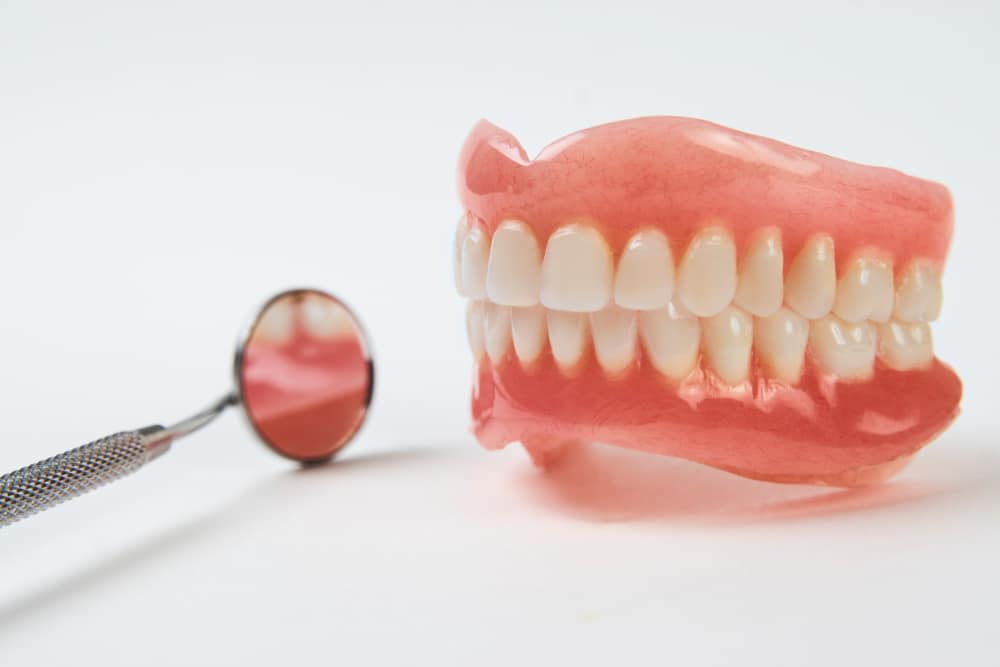We live in a time when technology finds significant applications in all areas of life. All the technique appliances that we use today require electricity as a driving agent. The life of a modern man cannot be imagined without the use of electricity. It has applications in industry, agriculture, transport, households, etc.
Inverters And How Do They Work?
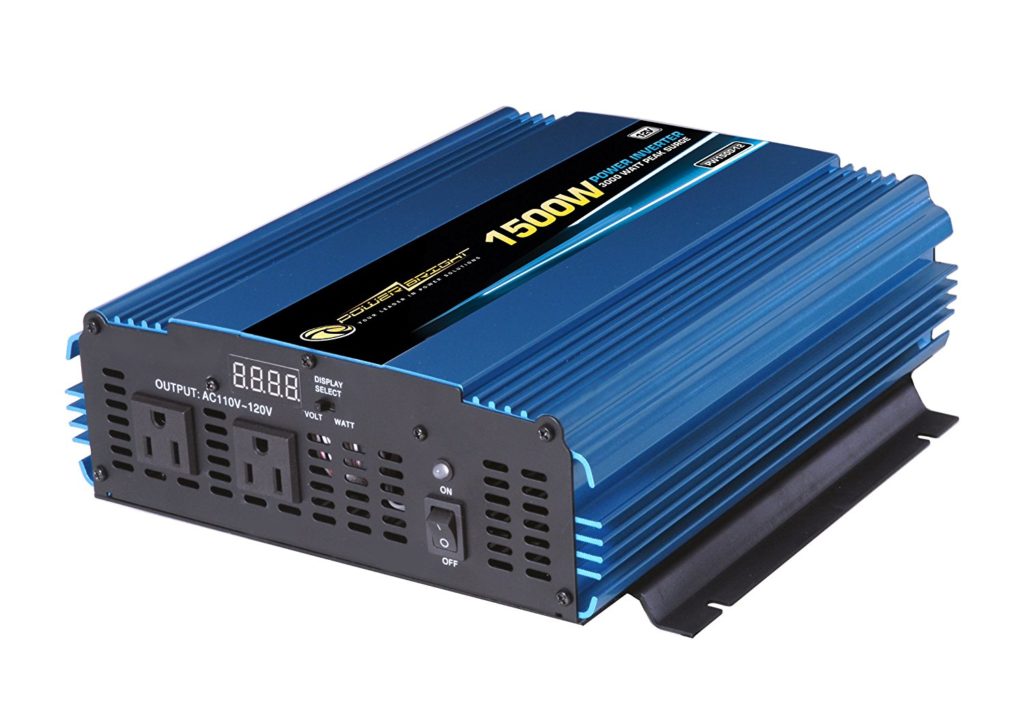
You all use some kind of electronic gadget in your household, car, etc. You may be listening to an MP3 player, using the navigation in your car, or playing portable video games. These gadgets can be charged via an adapter. However, what happens if you want more?
Maybe you want to make toast, watch LCD TV or maybe use your laptop? Such devices typically work at home by plugging into a wall outlet. For example, if you want them to work in your car – it is not enough to find just the right adapter. You also need an inverter. These devices can convert DC into the AC power, that is, the same kind that supplies our homes with electricity. Independent solar systems also use these devices.
Why Using Such A Device?
The question that goes on to this is why is there a need to convert DC power to AC at all? The answer is very simple. AC power is widely used because most appliances require relatively more power than DC power can supply – since DC power is designed to operate at low voltages.
Most of us are aware that the electricity supplied to our homes from power plants is AC at 220 volts. This the most important reason why electrical appliances, which require high voltage power, are manufactured to operate on alternating current.
Why Is Converting Necessary?
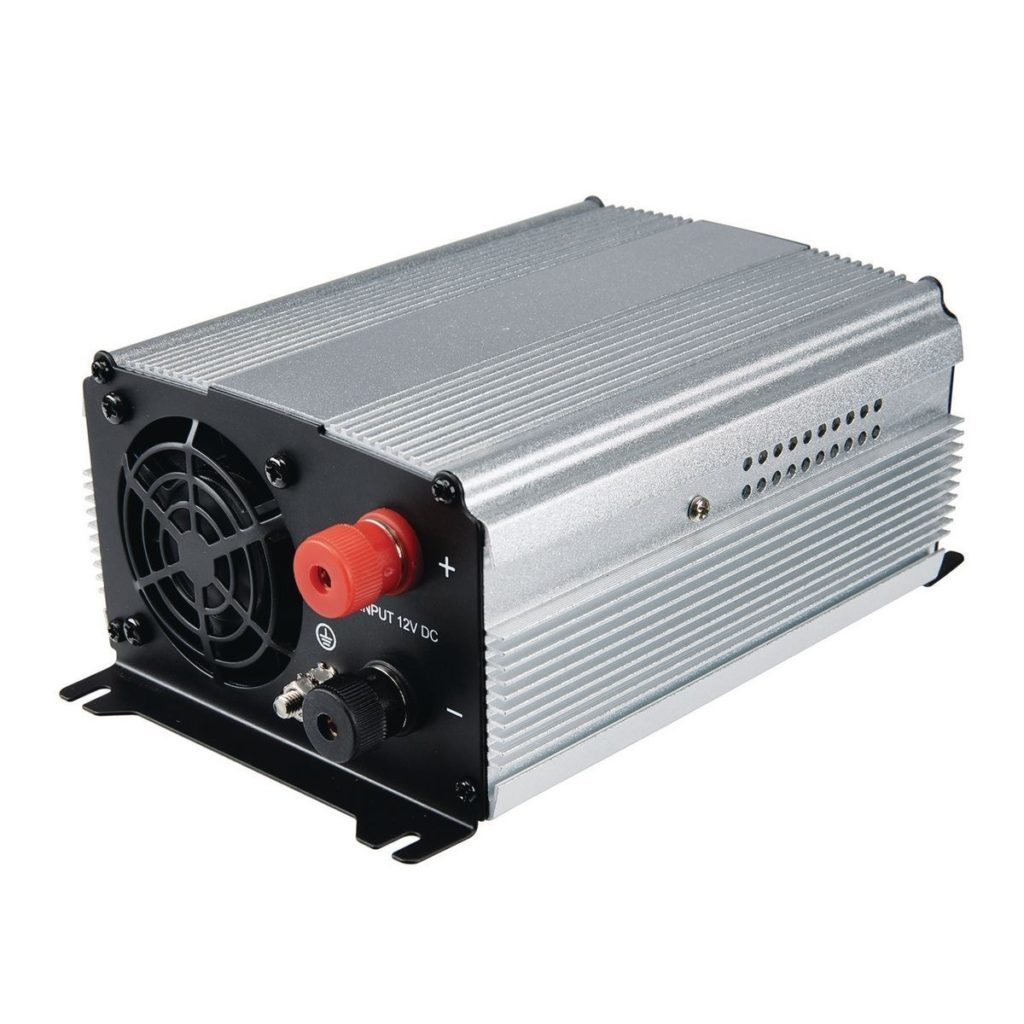
The AC is constantly changing its polarity, moving its direction through the circuit and moving in the long direction. This process works quite fast – 50 times/sec.
It conducts well at high voltages, and its voltage can be lifted more easily through the transformer to the desired level than the DC voltage. The inverter increases the DC voltage and then switches the DC power to AC, which it then sends to the consumer.
How Does It Give Us High AC From Low DC Power?
To begin with, let’s perceive how the alternator produces AC power. In its most straightforward manner, the alternator has a winding and a circling magnet close by.
At the point when one magnetic pole comes to the coil, the electric force will be created in it. The electric flow will ascend and reach its greatest level when the magnet passes the coil. A short time later, it will begin diminishing the level as the magnet post moves further.
At the point when the inverse magnet pole reaches the loop, the initiated electrical stream in the coil will move in the opposite direction. If this method is ceaselessly repeated with the steady magnet revolving around, an exchanging current is produced.
How Does The Voltage Increase?
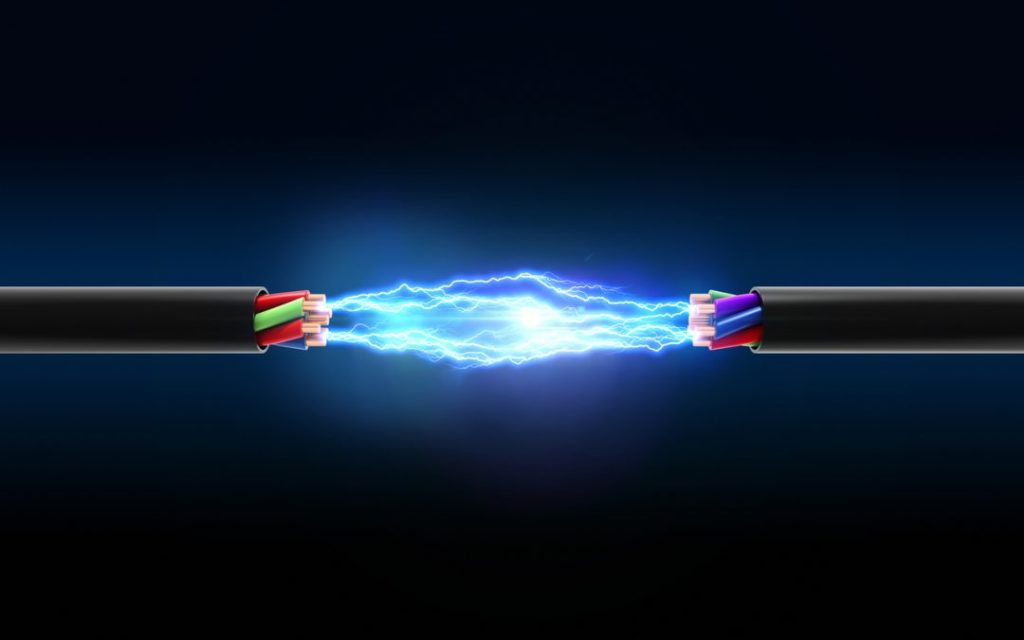
For raising the voltage, a transformer is utilized. It additionally enables the electric stream to be actuated inside the coil. When utilizing a transformer, a circulating magnetic field is made with the movement of the AC through another coil.
Each coil through which the AC moves – creates a magnetic field. As the movement of the current through the winding changes, the same happens to the polarity of the magnetic field.
Specificity Of Transformers
What is specific about the transformer is that the voltage procured on the second coil may not be comparable to the voltage given on the primary winding.
On the other hand, the chances that if the secondary winding is twice more powerful than the essential one – the voltage will be twice as powerful as well. Alternatively, we can get any voltage by adjusting the size of the coil. If we direct the electric course through the essential coil – no electric flow will be prompted on the auxiliary coil since there will be no magnetic field.
However, in case that we modify the direction of the electric current viably and rapidly – at that point, we’ll get the simplest type of inverter. It will create substituting current with a square-molded output as the direct electric stream alters its course.
Pure Sine Wave Inverters
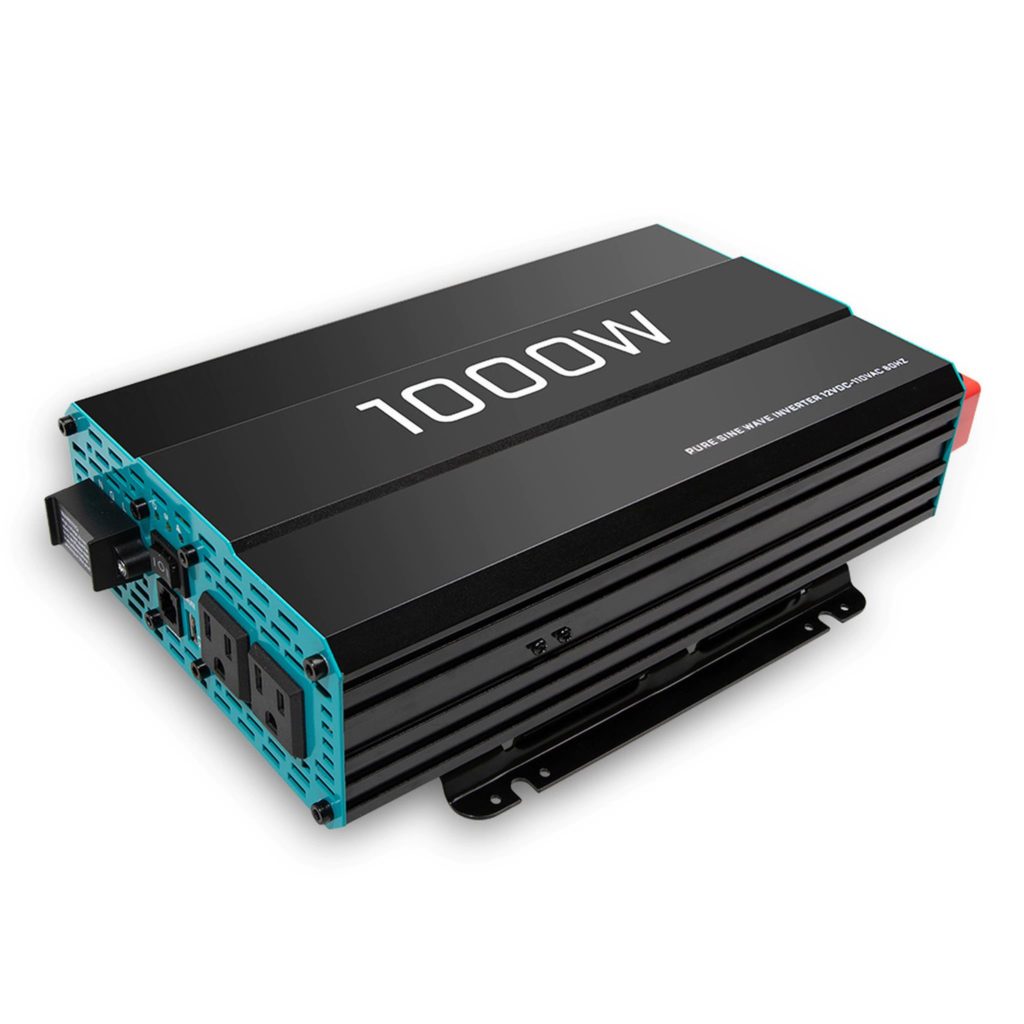
It’s not all that easy as we may think. The alternating electricity coming from the power distribution network has a sine signal while the signal we get from this simple inverter is quite square.
Some electrical devices are not tolerant of such a square signal, so it tends to keep the output from the inverter as close as possible to the sine wave signal. Besides, there is a whole series of devices with a moderate sine signal that is not square but doesn’t have a regular sine wave.
Modifying the ordinary signal to get a sine wave – requires a whole series of filters, inductors and capacitors. Cheaper devices have simple or no signal filtering at all. The AC they will produce has a very square signal. That is OK if you just want to make coffee, but if you use more complex electrical appliances this can be a problem.
Best Purchasing Options
For safe and smooth operation of all devices, you need a pure sine wave inverter with better signal filtering. Of course, inverters that give a pure sine wave are more expensive.
Some inverters produce an even cleaner sine signal than the signal we get from the power distribution network. If you want to choose the best sine wave inverters wisely, read the full review guide, where you’ll find everything from performance to price.
Inverter Power
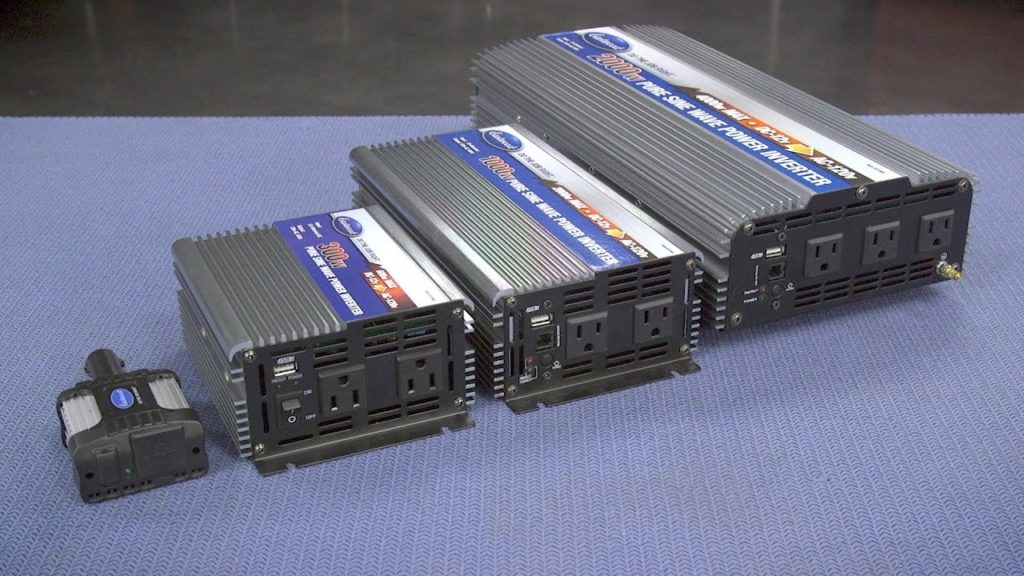
To know how powerful a device do you need, you must know which home appliances you plan to connect to the inverter. On each of them, you have a sticker (usually on the back) that says how much W (watt) that device consumes.
The power of the inverter should be greater than the sum of the power of all the devices you connect to it. For example, if you connect a 600W blender to an inverter and say a 600W coffee machine at the same time, the inverter should have a power greater than 1200W.
However, if you know that you will never use a coffee machine and blender at the same time, then a 600W device is sufficient.
How To Choose Pure Sine Inverter?
The main parameters when selecting a pure sine inverter are the inverter power, the input voltage, the maximum impulse power and the protection that the device has. There is a very diverse range of voltage converters on the market. However, they also offer converters that have a very low cost but are not intended for long-term use.



